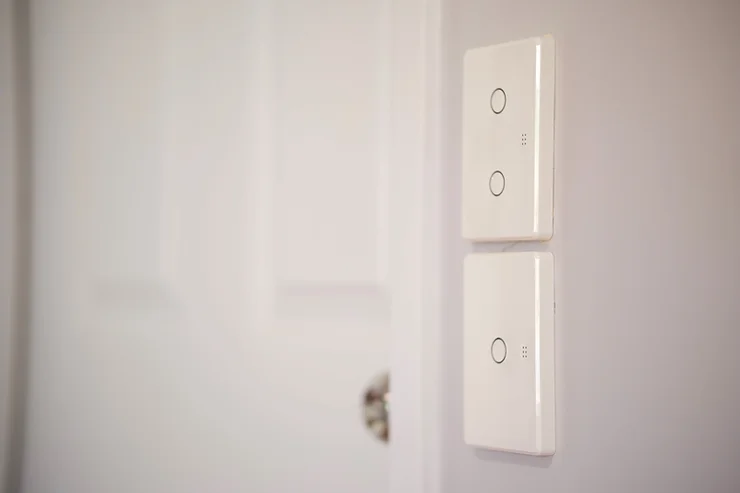Electrical installations are integral to our modern world, powering everything from our homes to industries. However, working on electrical systems comes with inherent risks, making safety a top priority for both professionals and DIY enthusiasts alike. One essential tool that plays a crucial role in ensuring safety during electrical work is the electrical breaker lockout device. In this blog post, we will explore the importance of using these devices and how they contribute to a safer work environment.
Before delving into the significance of these devices, let’s take a moment to understand what electrical breaker lockout devices are. These devices are specifically designed to prevent the accidental energization of electrical circuits during maintenance or repair work. By physically blocking the electrical breaker switch in the off position, they act as a barrier between the worker and the potentially hazardous electrical currents.
One of the primary functions of electrical breaker lockout devices is to prevent accidental energization of electrical circuits. When a lockout device is properly applied, it physically blocks the breaker switch, ensuring that it cannot be turned on inadvertently. This prevents unexpected electrical surges that could pose serious dangers to anyone working on the system.
Electrocution is a severe risk when working on live electrical systems. By using breaker lockout devices, workers can effectively isolate the power source, creating a safe working environment. This is particularly crucial in situations where multiple people may be working on different parts of a system simultaneously.
Many occupational safety regulations and standards mandate the use of lockout-tagout procedures when working on electrical systems. Using electrical breaker lockout devices ensures compliance with these regulations, reducing the risk of accidents and potential legal consequences.
Lockout devices often come with the option to attach warning tags. These tags provide crucial information about the ongoing maintenance or repair work, indicating that the electrical system should not be energized. This enhances communication among workers, reducing the likelihood of misunderstandings and promoting a safer work environment.
Scheduled maintenance is a routine part of managing electrical systems. Electrical breaker lockout devices facilitate planned maintenance by allowing workers to de-energize specific circuits without affecting the entire system. This targeted approach enhances efficiency while maintaining a high level of safety.
In the realm of electrical installations, safety should always be the top priority. Electrical breaker lockout devices serve as indispensable tools in achieving this goal, preventing accidents, protecting workers from electrocution, and ensuring compliance with safety regulations. Whether you are a seasoned professional or a brand-new apprentice, incorporating these devices into your electrical work practices is a simple yet effective step towards creating a safer and more secure working environment. Remember, when it comes to electricity, safety should never be compromised.



